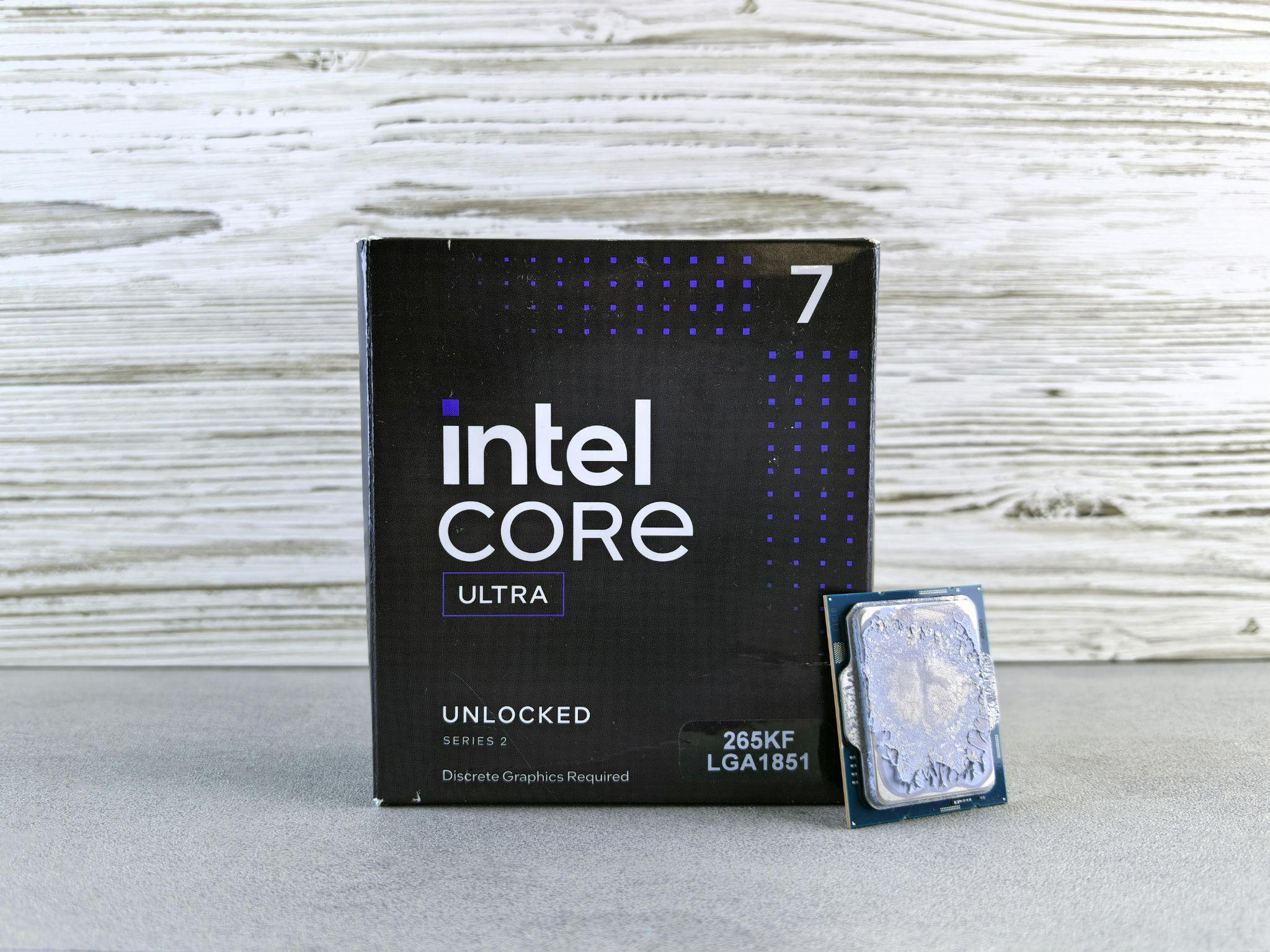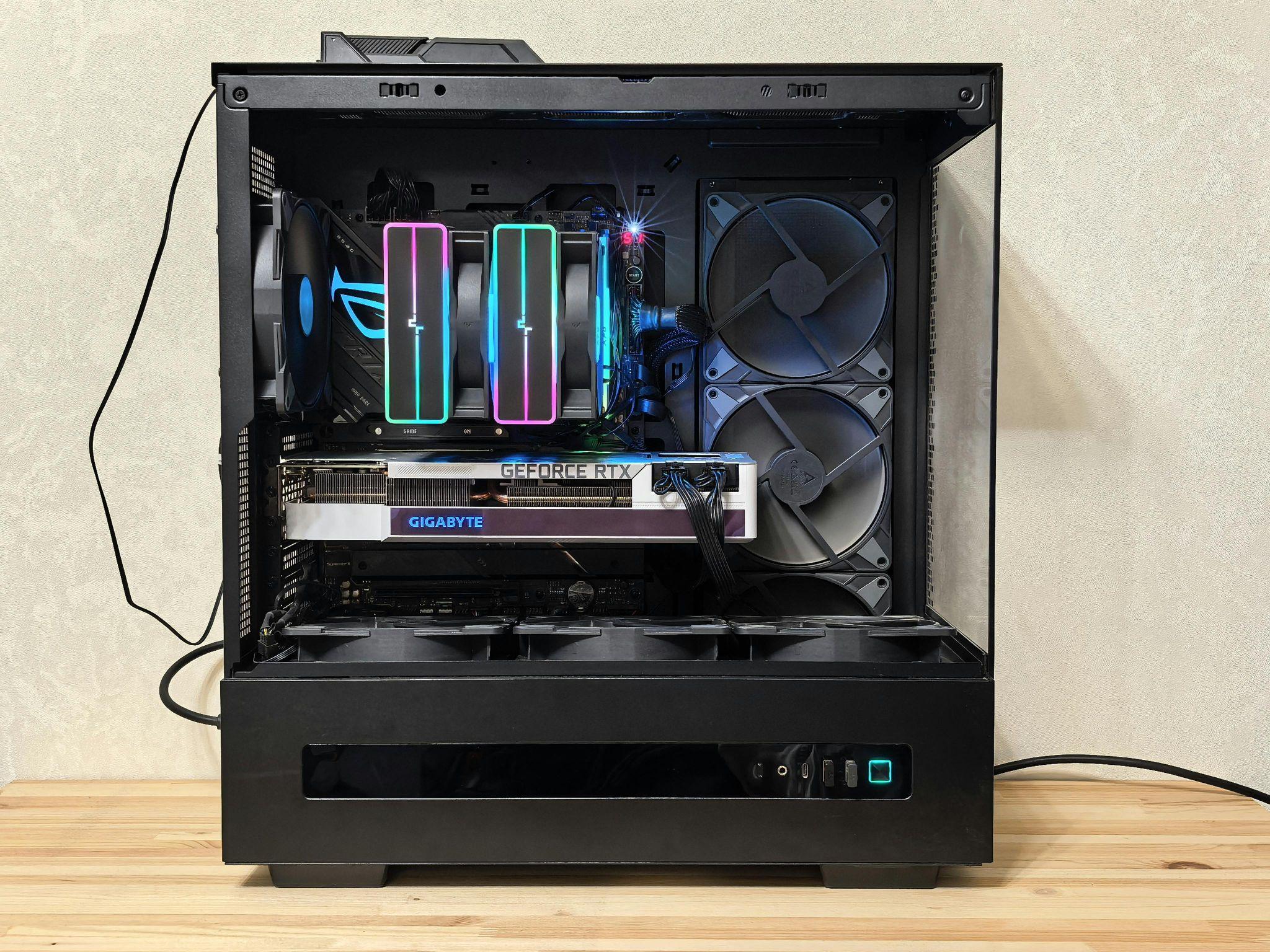Selecting how to choose the right graphics card for your PC build is one of the most critical decisions in assembling a gaming or workstation computer. The graphics processing unit (GPU) serves as the visual powerhouse that determines your system’s capability to handle everything from competitive esports titles to demanding 4K gaming, professional video editing, and AI workloads.
Making the wrong choice can result in bottlenecked performance, wasted budget, or a system that becomes obsolete faster than anticipated. According to recent market analysis from Tom’s Hardware, the GPU market has seen significant shifts in pricing and performance tiers, making informed decision-making more crucial than ever.
Define Your Purpose: Matching GPU to Usage Scenario
Before diving into specifications and benchmarks, establishing your primary workload is essential. Different applications stress graphics cards in unique ways, and understanding these demands helps narrow your options significantly. Gaming prioritizes raw rasterization power and frame rate consistency, while content creation emphasizes VRAM capacity and compute performance.
Gaming Requirements: Resolution, Frame Rate & Graphics Settings
Gaming performance depends on three interconnected factors: target resolution, desired frame rates, and graphics quality settings. Modern gamers typically target 1080p for competitive play, 1440p for balanced visuals and performance, or 4K for maximum fidelity. Frame rate preferences range from smooth 60 FPS to ultra-responsive 240 Hz for esports titles.
| Resolution | Target FPS | Recommended GPU Tier | Ray Tracing Capability |
|---|---|---|---|
| 1080p | 60-120 FPS | Mid-range ($300-500) | Entry-level RT |
| 1440p | 60-144 FPS | High-end ($500-800) | Full RT features |
| 4K | 60+ FPS | Enthusiast ($800+) | Maximum RT quality |
Ray tracing and upscaling technologies like DLSS or FSR significantly impact GPU requirements. These features can boost performance by 30-50% while maintaining visual quality, making previously unattainable settings accessible.
Content Creation & Professional Workloads
Content creators require GPUs with substantial VRAM capacity and robust compute capabilities. Video editing in 4K or 8K resolution demands 12-16GB of VRAM, while 3D rendering benefits from high core counts and specialized acceleration. Professional applications often leverage CUDA cores (NVIDIA) or Stream Processors (AMD) for GPU-accelerated workflows.
Key considerations for content creation include:
- VRAM capacity: 8GB minimum for 1080p editing, 12-16GB for 4K workflows
- Memory bandwidth: Higher bandwidth enables faster data transfer
- Driver optimization: Professional driver support for stability
- Hardware encoding: AV1, H.265, and H.264 encoding acceleration
Budget vs Performance Trade-offs
Graphics card pricing follows clear performance tiers, with diminishing returns at higher price points. Understanding these trade-offs helps maximize value within your budget constraints.
- Entry-level ($150-300): 1080p gaming, basic content creation, older titles at high settings
- Mid-range ($300-600): 1440p gaming, moderate ray tracing, entry-level 4K gaming
- High-end ($600-1000): 4K gaming, full ray tracing features, professional workloads
- Enthusiast ($1000+): Maximum performance, future-proofing, flagship features
Key Specifications to Evaluate When Choosing a GPU
Understanding graphics card specifications beyond marketing claims enables informed comparisons between models. Technical specifications directly impact real-world performance, compatibility, and longevity, making them crucial evaluation criteria.
VRAM Size & Memory Type
Video Random Access Memory (VRAM) stores textures, frame buffers, and computational data. Insufficient VRAM causes stuttering, texture pop-in, and reduced settings compatibility. Modern memory types include GDDR6, GDDR6X, and HBM, each offering different bandwidth and efficiency characteristics.
| Use Case | Recommended VRAM | Memory Type Preference |
|---|---|---|
| 1080p Gaming | 6-8GB | GDDR6 |
| 1440p Gaming | 8-12GB | GDDR6/GDDR6X |
| 4K Gaming | 12-16GB+ | GDDR6X/HBM |
| Content Creation | 16GB+ | High bandwidth preferred |
GPU Architecture, CUDA / Stream / RT / Tensor Cores
Modern GPU architectures incorporate specialized processing units beyond traditional shader cores. RT cores accelerate ray tracing calculations, Tensor cores handle AI workloads including DLSS, and compute cores manage general-purpose parallel processing.
Architecture generations bring efficiency improvements, with newer designs delivering better performance per watt. NVIDIA’s Ada Lovelace and AMD’s RDNA 3 architectures represent current flagship designs, offering significant improvements over previous generations.
Clock Speeds, Boost Clocks & Thermal Design (TGP / TDP)
Base and boost clock speeds indicate processing frequency, though architectural improvements often matter more than raw clock speeds. Total Graphics Power (TGP) determines power consumption and thermal output, directly affecting cooling requirements and system stability.
Recommended TGP ranges by tier:
- Entry-level: 100-150W
- Mid-range: 150-250W
- High-end: 250-350W
- Enthusiast: 350W+
Display Outputs, Bus Interface & PCIe Version
Modern GPUs feature multiple display outputs including HDMI 2.1, DisplayPort 1.4/2.0, and USB-C with DisplayPort Alt Mode. PCIe 4.0 provides sufficient bandwidth for current GPUs, though PCIe 5.0 offers future expansion capabilities.
System Compatibility & Physical Constraints

Even the most powerful graphics card fails if your system cannot accommodate its requirements. Compatibility assessment prevents costly mistakes and ensures optimal performance from your investment.
Power Supply Unit (PSU) Requirements & Connectors
Graphics cards demand substantial power delivery through dedicated PCIe power connectors. Calculate total system power consumption including CPU, memory, storage, and peripherals, then add 20% overhead for stability. Modern high-end GPUs may require new 12VHPWR or multiple 8-pin connectors.
Case Size, Cooling, and GPU Dimensions
Physical dimensions including length, height, and slot width determine case compatibility. Most modern GPUs occupy 2-3 expansion slots and extend 250-350mm in length. Adequate airflow prevents thermal throttling and maintains consistent performance under load.
CPU Bottlenecks & Motherboard Compatibility
Pairing a powerful GPU with an inadequate CPU creates bottlenecks that limit performance potential. Generally, mid-range CPUs from the last 3-4 generations provide sufficient performance for most GPUs. Motherboard PCIe lane availability and power delivery capabilities also impact compatibility.
Pricing, Value & Future Proofing Strategies
Graphics card markets experience significant price volatility due to cryptocurrency mining, supply chain disruptions, and new product launches. Developing timing and value assessment skills maximizes purchasing power and system longevity.
Current GPU Market Trends & How to Time Purchases
The GPU market in 2025 shows stabilizing prices following the cryptocurrency crash and increased production capacity. According to GPU market analysis, new product launches typically occur in fall seasons, causing price reductions on existing models.
Feature-Set vs Longevity: What Features Are Worth Investing In
Future-proofing features extend graphics card lifespan and maintain compatibility with evolving software demands. Prioritizing these technologies provides better long-term value:
- Ray tracing acceleration: Increasingly standard in new games
- AI upscaling support: DLSS, FSR, and XeSS improve performance
- AV1 encoding: Next-generation video compression standard
- DisplayPort 2.0: Supports future high-resolution displays
- Generous VRAM: Prevents early obsolescence
Used vs New GPUs: Risks, Savings, & What to Check
Used graphics cards offer substantial savings but require careful evaluation. Former mining cards may have reduced lifespans due to continuous operation, while gaming cards typically show less wear.
Benchmarks & Testing: How to Evaluate Real-World Performance

Benchmark data provides objective performance comparisons beyond manufacturer specifications. Understanding how to interpret testing results enables informed purchasing decisions based on actual capabilities rather than marketing claims.
Reading Benchmark Data: FPS, Power, Thermal & Noise Metrics
Comprehensive benchmarks evaluate multiple performance aspects including frame rates, power consumption, thermal output, and acoustic levels. Focus on consistent frame times rather than average FPS, as smooth delivery matters more than peak performance.
| Metric | Importance | Ideal Range |
|---|---|---|
| Average FPS | High | Target dependent |
| 1% Low FPS | Critical | 80%+ of average |
| Power Draw | Medium | Within PSU capacity |
| Temperature | High | Under 80°C |
| Noise Level | Medium | Under 40dB |
Using Reviews & Community Feedback to Supplement Specs
Professional reviews from established tech publications provide standardized testing methodology, while community feedback reveals long-term reliability and real-world performance. Forums and user reviews often highlight issues not apparent in controlled testing environments.
Recommended GPU Picks by Tier & Use Case (2025)
Concrete recommendations help translate technical knowledge into actionable purchasing decisions. These selections balance performance, value, and feature sets for different user requirements and budget constraints.
Entry-Level Builds (1080p / Light Workloads)
RTX 4060 and RX 7600 dominate the entry-level segment, offering solid 1080p performance with modern features. Both cards provide ray tracing capabilities and upscaling support while maintaining reasonable power requirements under 150W.
Mid-Range Builds (1440p, Balanced Performance)
RTX 4070 and RX 7700 XT deliver excellent 1440p gaming performance with strong ray tracing capabilities. These cards balance performance and efficiency while offering sufficient VRAM for current and near-future games.
High-End & Enthusiast Builds (4K, High Refresh, Ray Tracing)
RTX 4080 and RX 7900 XTX provide flagship-level performance for 4K gaming and professional workloads. These cards require robust cooling solutions and high-wattage power supplies but deliver uncompromising performance.
Common Mistakes to Avoid When Choosing a Graphics Card
Learning from common purchasing errors prevents wasted money and buyer’s remorse. These frequent mistakes highlight the importance of holistic system planning rather than focusing on individual component specifications.
Overestimating Your Monitor / Resolution Needs
Many users purchase excessive GPU power for their display setup, creating an expensive performance bottleneck. A 4K gaming card paired with a 1080p monitor wastes potential and budget that could benefit other system components.
Ignoring Power and Cooling Overhead
Inadequate power supplies and poor cooling cause instability, throttling, and reduced lifespan. Always verify PSU capacity and case airflow before committing to high-performance graphics cards.
Focusing on a Single Metric Only (e.g. Clock Speed or Cores Alone)
Cherry-picking specifications without considering overall architecture and real-world performance leads to suboptimal choices. Modern GPUs require balanced evaluation of multiple factors including efficiency, features, and software support.
Conclusion
Successfully choosing the right graphics card for your PC build requires careful consideration of your specific needs, technical specifications, system compatibility, and budget constraints. Start by clearly defining your primary use case and performance targets, then evaluate GPUs based on comprehensive specifications rather than single metrics. Consider system-wide compatibility including power requirements, physical dimensions, and thermal management. Balance current performance needs with future-proofing features to maximize your investment’s lifespan. Most importantly, rely on professional benchmarks and community feedback to validate your decision rather than trusting marketing claims alone. By following this systematic approach to how to choose the right graphics card for your PC build, you’ll make an informed decision that delivers optimal performance and value for years to come.




